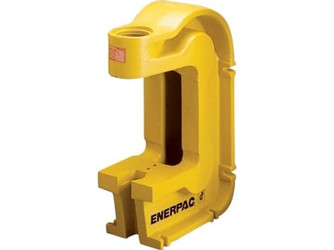The Arbor Press: Your Complete Guide for Your Needs
Jan 16th 2024
Are you considering an arbor press for your workshop tasks that require precision and controlled force application? An arbor press is a versatile, hand-operated tool that provides great accuracy and leverage for machining, forming, and assembly projects. This guide will take you through types, applications, and selection tips for finding an arbor press that best suits your work.
Key Takeaways
- Arbor presses are favored for precise force applications on small jobs, with manual, ratchet, and leverage versions designed for specific tasks and force requirements.
- Selecting the right arbor press requires consideration of tonnage, pressure, stroke length, throat depth, and workspace constraints to ensure adequate force application, compatibility with workpiece sizes, and fit within the work environment.
- Proper usage and maintenance of an arbor press are critical for safety and longevity, including secure installation, regular upkeep, and adherence to operational best practices such as using controlled pressure and wearing protective gear.
Understanding Arbor Presses
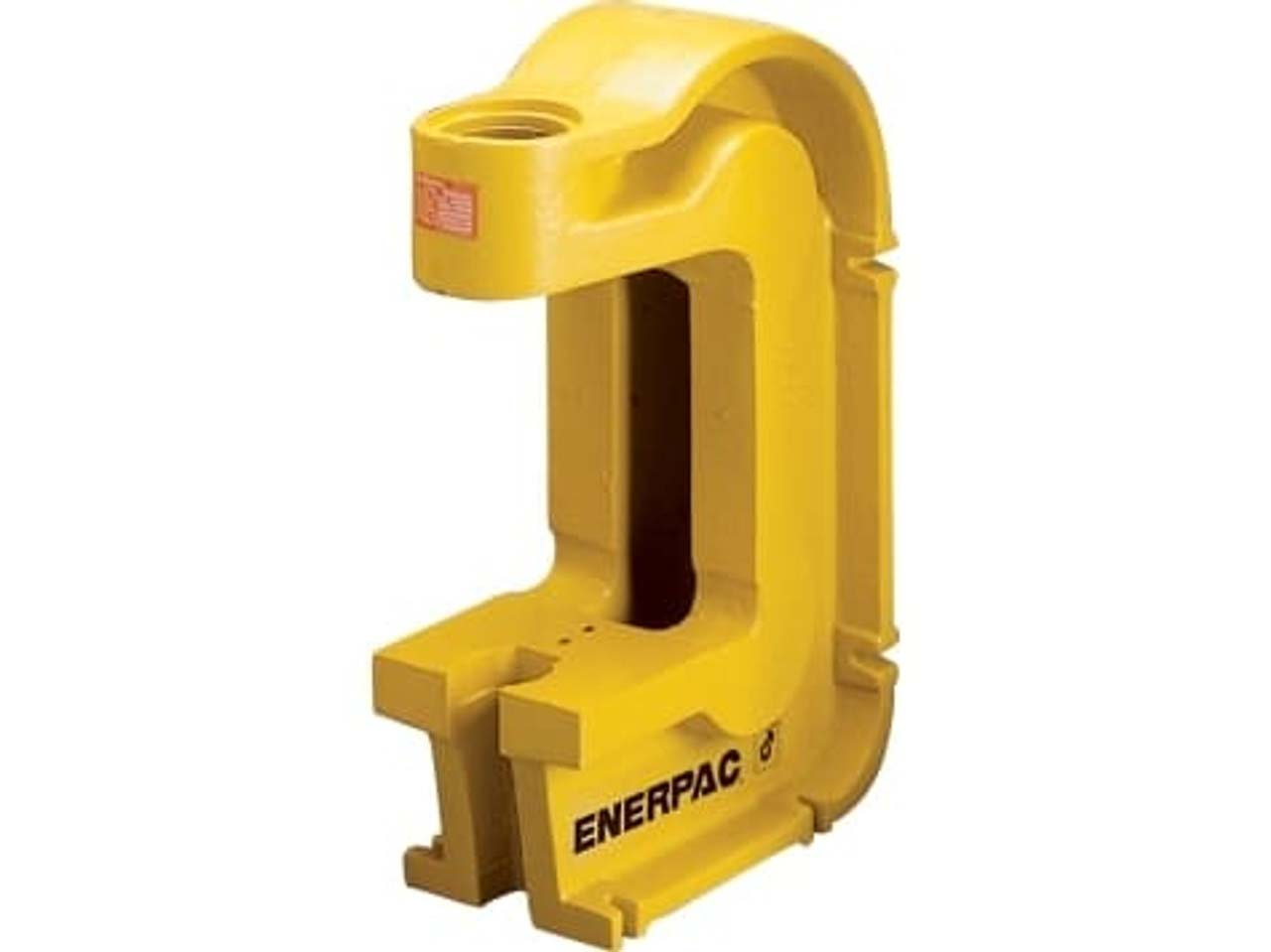
An arbor press is a small hand-operated press, a staple in many workshops, revered for its ability to apply precise force to press or stamp objects. It is the embodiment of simplicity, yet its structure is a marvel of mechanical engineering. The arbor press's robust base and additional components allow it to perform smaller jobs with precision that larger presses can't match.
The operational mechanism of an arbor press is extremely simple. The tool transforms a small force exerted through a handle into a significantly larger force, making pressing, stamping, bending, and assembling materials a breeze. We will explore the various types and key components to deepen our understanding of arbor presses.
Types of Arbor Presses
Arbor presses come in several types, each designed to serve specific tasks. A manual arbor press, for instance, is a compact tool typically used for smaller jobs such as:
- staking
- riveting
- installing
- configuring bearings
It’s the go-to tool for tasks that require a delicate touch.
On the other hand, a 4-ton ratchet arbor press stands out due to its ratcheting mechanism. This added feature allows for rapid pressing speed and larger pressing forces, making it ideal for tasks that require more force.
Meanwhile, a 1-ton compound leverage arbor press uses a ratcheting system to build and amplify leverage, perfect for tasks that require substantial pressing forces.
Key Components of an Arbor Press
An arbor press is more than just the sum of its parts. Every component, from the frame to the handle, contributes to its functionality and overall performance. The press comprises:
- A sturdy base
- A vertical frame
- A movable ram
- An arbor
All of these components allow the arbor press to perform smaller jobs effectively.
The components of an Arbor Press include:
- The ram, which exerts force on the workpiece for pressing operations
- The anvil, a machined steel component with multiple slot positions, which supports workpieces of different sizes and shapes
- The base provides stability and a flat platform for affixing dies, fixtures, and other assemblies crucial for the operation of the press.
These components work together to enhance the functionality of the press.
Selecting the Right Arbor Press
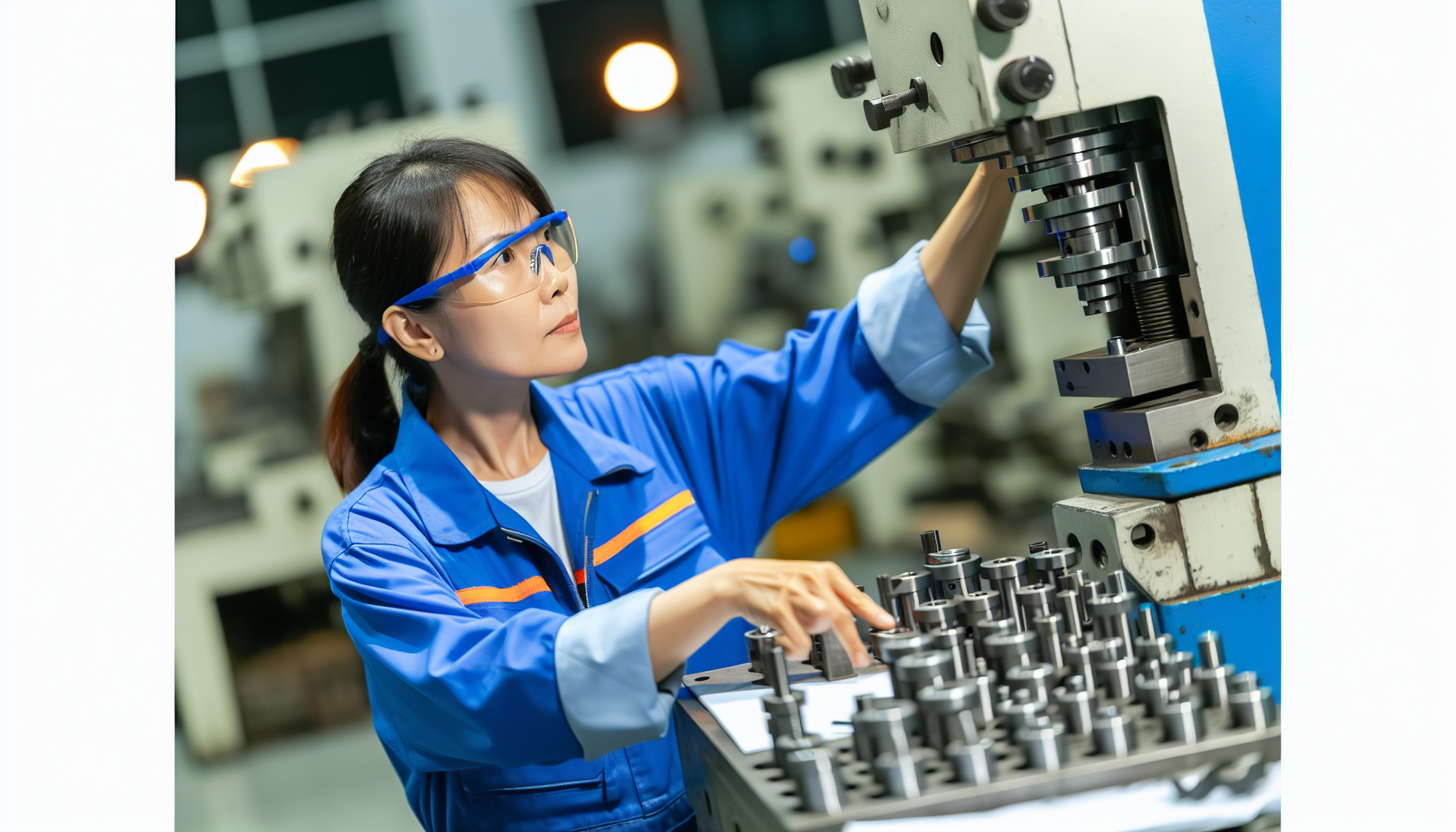
Choosing the correct arbor press involves careful consideration of several factors, including:
- Tonnage
- Stroke length
- Throat depth
- Workspace considerations
Picking an arbor press that you feel fits your needs can significantly enhance your work quality and efficiency.
The tonnage and pressure, stroke length, and throat depth all directly influence the force the arbor press can generate. Meanwhile, workspace considerations are crucial in determining the placement and stability of the press. We will examine these factors more thoroughly to assist you in choosing the ideal arbor press.
Tonnage and Pressure
Tonnage and pressure are arguably two of the most critical considerations when selecting an arbor press. They directly influence the force that the press's ram or head can exert, with increased tonnage and pressure leading to a higher force.
Therefore, accurately determining the tonnage required for your specific arbor press operation is crucial, as underestimation could result in inefficient pressing. The formula for calculating the necessary tonnage varies based on the application, but a typical method involves calculating the torque needed for the desired force.
Stroke Length and Throat Depth
Stroke length and throat depth are two other pivotal considerations in choosing an arbor press. The stroke length, which varies based on the model, defines the distance traveled by the ram during each press cycle. Meanwhile, the height of the throat depth allows for handling larger workpieces and enables a broader range of applications, thus enhancing the press's versatility.
Consider the size of the part you're working with when selecting the most appropriate stroke length and throat depth for your task. Ensure that the press's stroke length is sufficient for the material size and that the throat depth can accommodate the size of the pressed part. This will ensure efficient and versatile operation.
Size and Workspace Considerations
The size of the arbor press and your available workspace are crucial factors to consider when selecting the best press for your needs. Arbor presses are designed to fit comfortably on a table or sturdy bench, making them ideal for small to medium-sized workspaces. Despite their compact size, they offer a more cost-effective and easier space-saving option than larger industrial presses.
During the installation of an arbor press, it must be centrally and securely positioned to prevent any movement or misalignment during pressing. Additionally, ensure adequate clearance for the workpiece, especially if the press includes a rotating base plate with slots for supporting arbors of varying diameters.
Common Applications of Arbor Presses
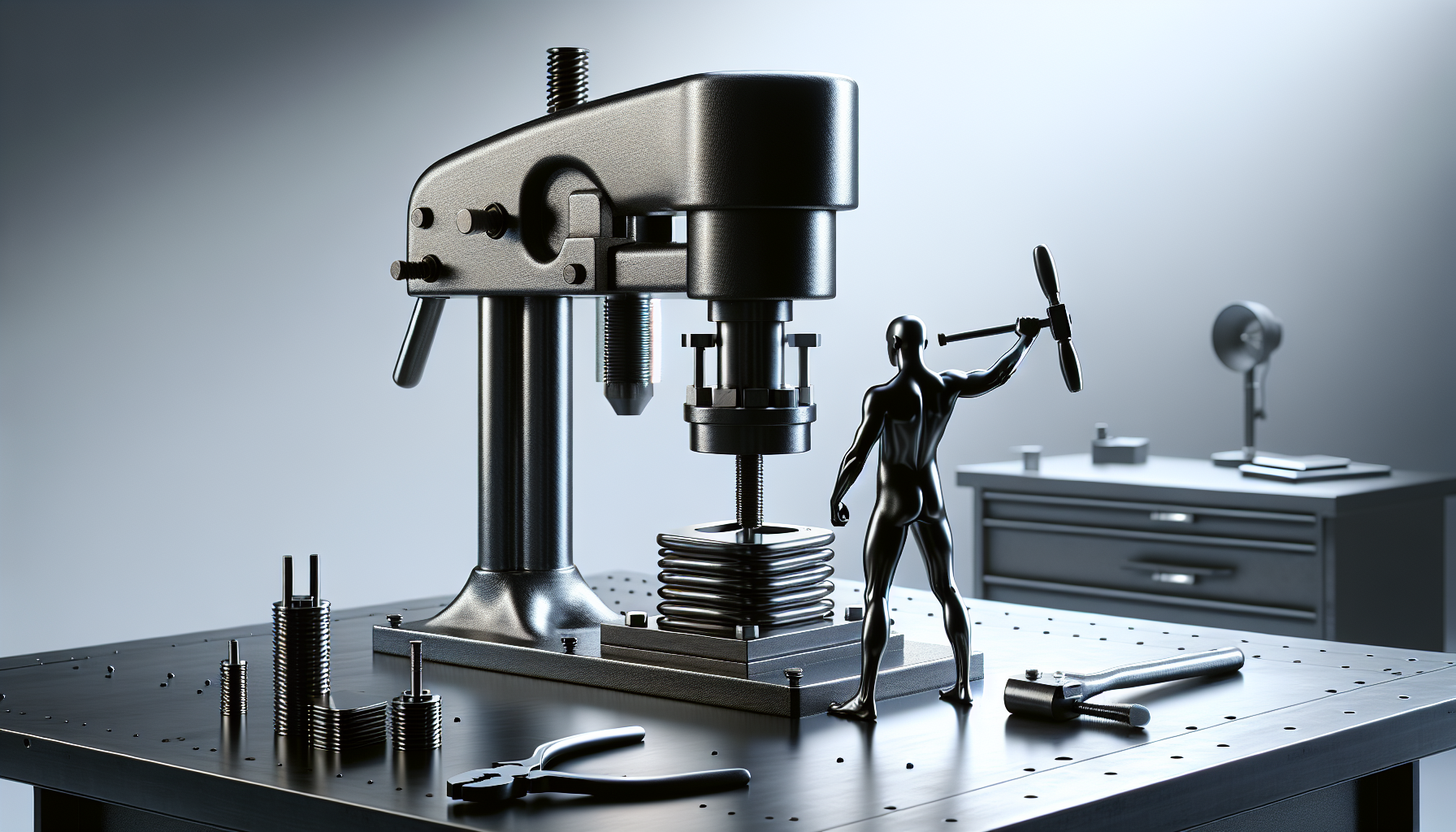
The versatility of arbor presses lies in their wide range of applications. They can be used for:
- Punching
- Riveting
- Installing bearings and components
- Working with dies and sockets
These presses are adaptable in industrial environments for various tasks.
Arbor presses are extensively used in a wide range of sectors, including:
- Manufacturing
- Engineering
- Agricultural machinery
- Amusement machines
- Automobile manufacturing
- Aerospace
- Coal mining equipment
- Concrete industry
This widespread use showcases their adaptability in diverse industrial settings.
Punching and Riveting
Arbor presses are the tools of choice for tasks such as punching and riveting. They are used for pressing pins, rivets, and eyelets, as well as for stamping leather crafts and creating metal jewelry pieces.
Downward pressure is required when punching materials; this helps drive the punch through the material. For improved results, grinding some shear into the end of the punch is recommended.
On the other hand, using an arbor press for riveting ensures a smoother and more accurate rivet setting than using a hammer.
Installing Bearings and Components
Arbor presses also play a crucial role in installing bearings and other components. They are used to exert uniform pressure on bearings or components, aiding in their methodical installation into the precise position without causing damage.
During bearings installation, the following steps should be followed:
- Lubricate the shaft and the bearing.
- Ensure a controlled press fit.
- Apply even force to the inner ring without affecting the ball bearings or outer ring.
For stability, it's advisable to bolt the arbor press to a sturdy bench or floor.
Working with Dies and Sockets
Arbor presses can be used for various applications, including:
- Punching and riveting
- Installing bearings
- Removing bushings
- Installing control arm bushings
- Using sockets as dies for specific applications
Consideration of the specific application and the materials being worked with is crucial when selecting dies and sockets for use with an arbor press. The dies should be tailored to the intended task, and the material of the dies should be chosen based on the specifications of the type of work being conducted.
Quality and Service: Arbor Press Brands to Trust
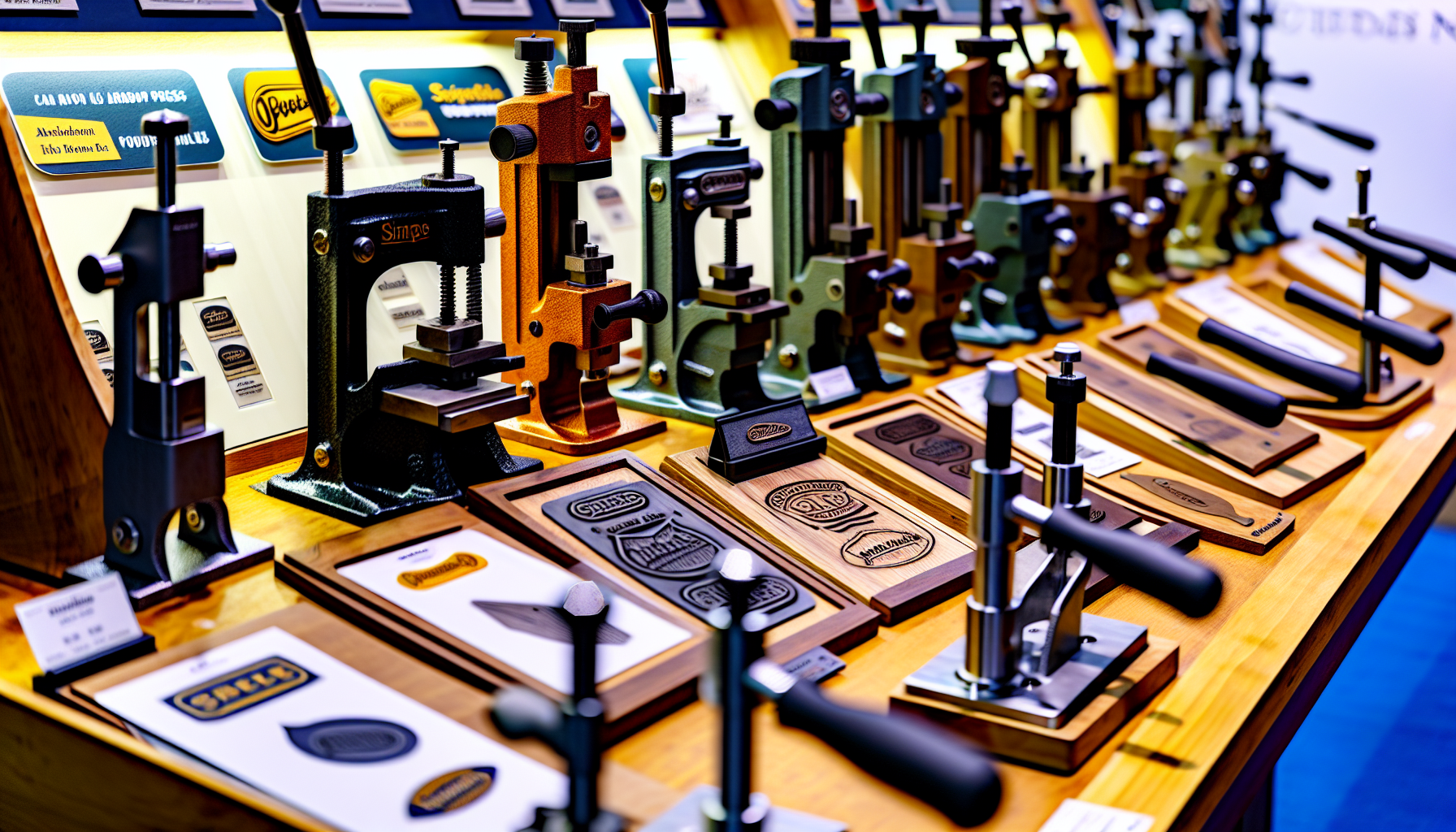
As with any tool, not all arbor presses are created equal. The quality of an arbor press can significantly impact its performance and longevity. Therefore, investing in presses from brands with a good reputation is essential. Some of the most highly regarded arbor press brands in the United States and internationally are Dake, Greenerd, and Famco.
These brands prioritize quality by utilizing high-grade materials and adhering to rigorous manufacturing processes. Customers can anticipate a diverse selection of arbor presses and dependable, adaptable products from different manufacturers:
Tips for Using and Maintaining Your Arbor Press
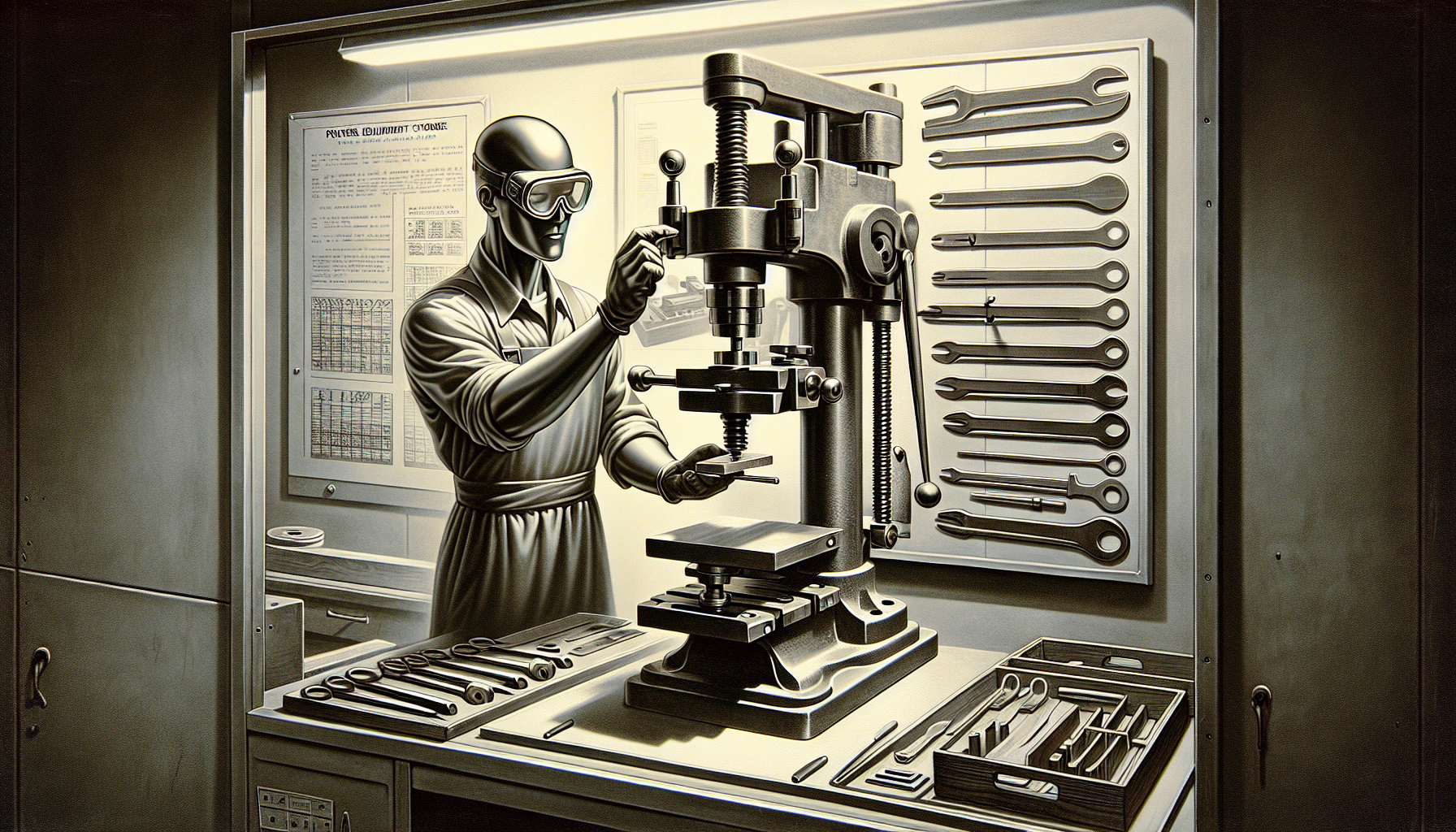
Like any tool, manual arbor presses require proper use and maintenance for optimal performance. Following safety precautions, wearing appropriate safety equipment, and conducting regular maintenance checks are essential for the upkeep of an arbor press.
This section will explore the specifics of safe operation practices and routine maintenance and inspection.
Safe Operation Practices
Safely operating an arbor press involves following a set of best practices. These include:
- Securing the arbor press to a stable workbench or floor
- Employing a regulated pressure application mechanism
- Wear appropriate protective attire, such as safety glasses and gloves.
Apart from these, it's also crucial to uphold the cleanliness and ensure proper lubrication of the arbor press. This practice aids in preventing the accumulation of dust, debris, or residue that could disrupt its functionality and potentially result in accidents.
Regular Maintenance and Inspection
Regular maintenance and inspection are crucial in ensuring the optimal performance of your arbor press. This involves wiping all the components touched with a lightly oiled rag after each use to prevent rust and regularly inspecting and tightening all fasteners to avoid misalignment or damage.
It's also essential to conduct regular inspections of the components of the arbor press in order to detect any indications of wear, damage, or misalignment. Typical indicators of deterioration or wear in an arbor press encompass cracks, bends, or excessive wear on the ram, arbor, handle, and frame.
Frequently Asked Questions About Arbor Presses
Several common questions often arise for those new to arbor presses or those looking to get the most out of their tool. These range from the operational mechanism of an arbor press to the unique features of particular models and the types of materials compatible with an arbor press. Here are a few of the most common questions:
What is an arbor press used for?
Arbor presses are mechanical tools for pressing bearings into place, stamping, bending, punching, assembling, and even delicate operations like watchmaking and jewelry repairs. They are widely used in metalworking for tasks such as pressing bearings, installing or removing bushings, punching holes, bending metal sheets, and forming or straightening metal parts. They are valuable tools for assembly, repair, and fabrication processes.
What can you do with a 10 ton arbor press?
A 10 ton arbor press can be used for press-fitting bearings, flattening or bending metal, punching holes in materials, riveting components, and assembling small parts. It can also be used for disassembling and installing bearings or other press-fit parts.
What is the anatomy of an arbor press?
The anatomy of an arbor press includes the frame, rack, pinion, and handle. The handle produces the motion of the spindle and acts as the long lever in the leverage ratio.
What is the operational mechanism of an arbor press?
To operate an arbor press, you place the item to be pressed on the base and pull down the lever arm, which causes an internal gear to exert downward force on the workpiece.
What special features can be found on particular models of arbor presses?
Specific models of arbor presses offer special features like easy adjustments for air pressure, stroke, and ram speed, along with threaded rod ends for efficient tooling and nose piece changes. These features can significantly enhance the functionality and user experience of the arbor press. Be sure to check your specific model to see what features are available to you.
Summary
Arbor presses may seem simple, but their impact and versatility are felt across numerous industries. These compact powerhouses offer a degree of control that larger machines can't match, making them a must-have tool for workshops that require precision. Understanding the different types of arbor presses, their key components, and how to select the right one can significantly enhance your workshop's efficiency.
As with any tool, not all arbor presses are created equal. Invest in presses from reputable brands such as Enerpac, and remember to follow best practices for safe operation and regular maintenance. With the right sort of arbor press and proper use, you're on your way to maximizing your workshop's efficiency.

